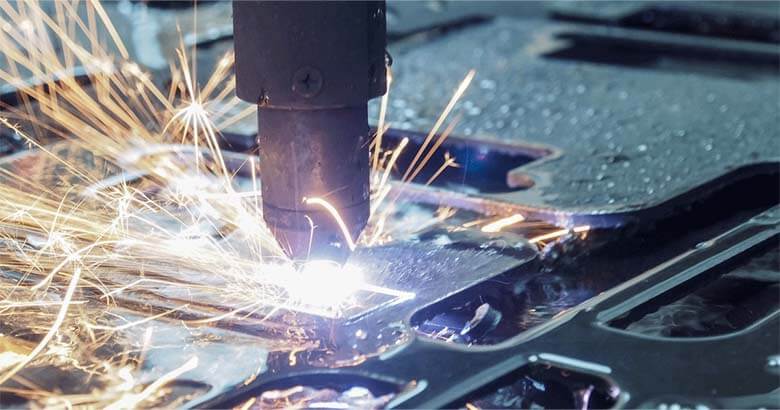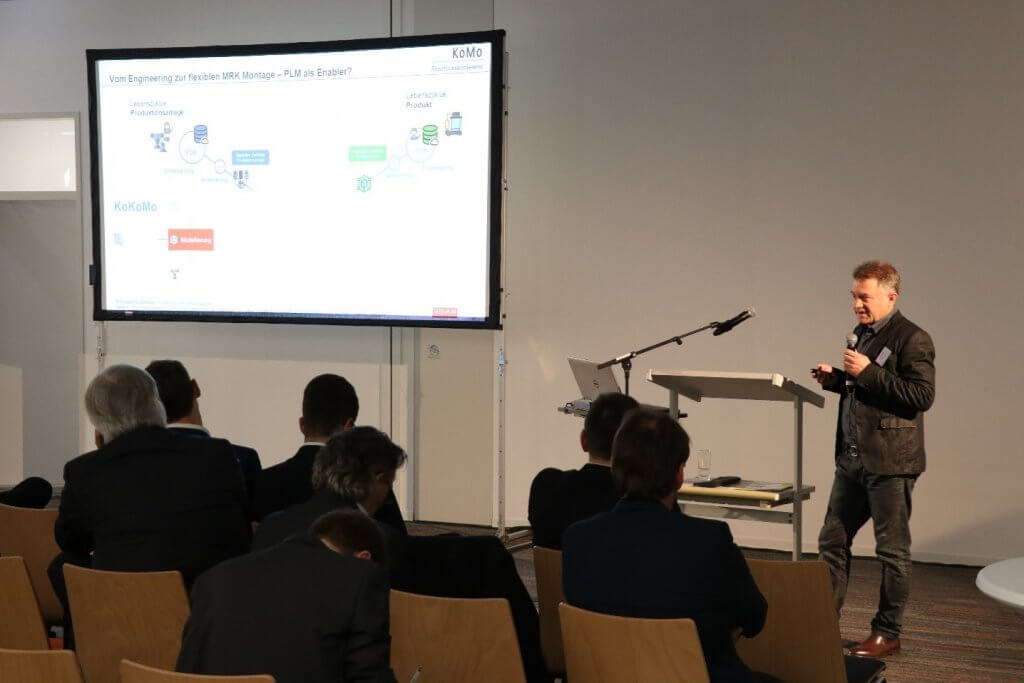Data integration for collaborative assembly

Customers expect increasingly individualized products in very small quantities. In Industry 4.0, this goes all the way to individual mass production in batch size 1. How can this be achieved without derailing costs?
Collaborative assembly
In order to economically meet the ever-increasing demands of their customers for individualized products in very small quantities, industrial companies are increasingly relying on collaborative assembly, in which humans and robots work together on a product.
SEEBURGER was able to make an important contribution to the project ‘KoKoMo – Kompetenz Kollaborative Montage’ funded by the German Federal Ministry of Education and Research (Bundesministerium für Bildung und Forschung BMBF) with an integration concept for collaborative assembly.
From engineering, to the actual assembly, to the recycling of a product, a wide variety of data is generated in a very heterogeneous system environment. Yet that data must be available in the right format at the right time, for example for controlling assembly.
The SEEBURGER Manufacturing Integration Bus based on the SEEBURGER Business Integration Suite (BIS) meets these requirements.
 Dr.-Ing. Seref Erkayhan (SEEBURGER) explains the integration solutions for collaborative assembly developed in the KoKoMo project at the final project meeting in Chemnitz.
Dr.-Ing. Seref Erkayhan (SEEBURGER) explains the integration solutions for collaborative assembly developed in the KoKoMo project at the final project meeting in Chemnitz.In the KoKoMo project, this could be tested just as successfully on a demonstrator of the RWTH Aachen University as in special application scenarios of the three industrial partners involved. The project was consistently based on current standards such as OPC UA, thus ensuring state-of-the-art data security, so that the SEEBURGER Manufacturing Integration Bus could also be successfully implemented as a cloud solution.
But how can the large number of systems and data streams within the heterogeneous IT landscape of a manufacturing company be successfully connected and integrated? How can dynamic work planning look like and be generated semi-automatically? Which task is performed by the collaborative robot, which by humans? How is the collaborative cell controlled? How can the process be observed live with adapted monitoring? How can the process data generated during assembly be saved and made available for further evaluation?
We will answer these and other questions in more blog posts on data integration in assembly.
Source: https://blog.seeburger.com/data-integration-for-collaborative-assembly/
 industry-trend6.com
industry-trend6.com
